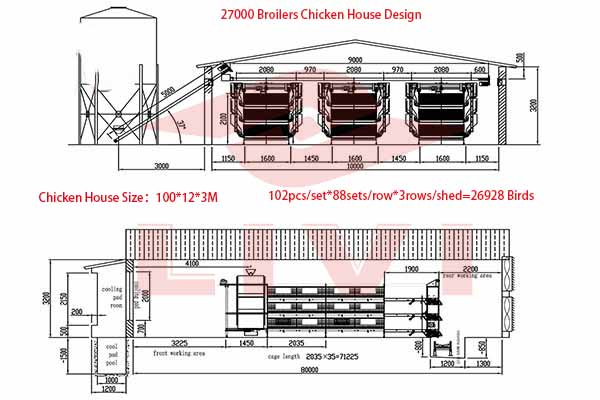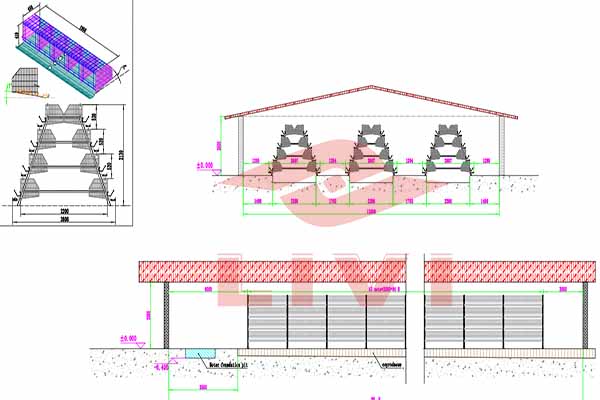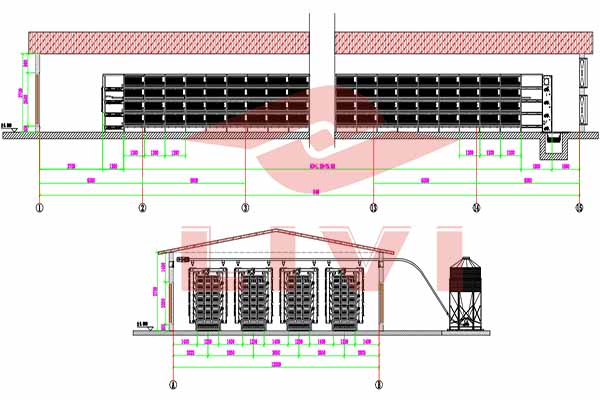Optimizing Intensive Poultry Farming with Efficient Cage Systems
Intensive poultry farming, a crucial sector for global food security, relies heavily on efficient management systems. One such system is the cage system, which plays a pivotal role in the productivity and health of chickens. This article explores the benefits and considerations of implementing an intensive poultry farming cage system.
Understanding the Intensive Poultry Farming Cage System
The cage system is designed to maximize space utilization and reduce the risk of disease spread among chickens. Here are some key aspects of an effective cage system:
- Space Optimization: A well-designed cage system allows for optimal space allocation, ensuring that each chicken has enough room to move and grow.
- Health Management: The structured environment of the cage system minimizes the risk of diseases, as it reduces direct contact between birds.
- Productivity: With less competition for space and a controlled environment, chickens in cage systems often exhibit higher growth rates and better overall health.
According to a study by the FAO, farms with a proper cage system can see an increase in egg production by up to 20%.
Key Factors to Consider When Implementing a Cage System
Before installing a cage system in your poultry farm, it’s essential to consider the following factors:
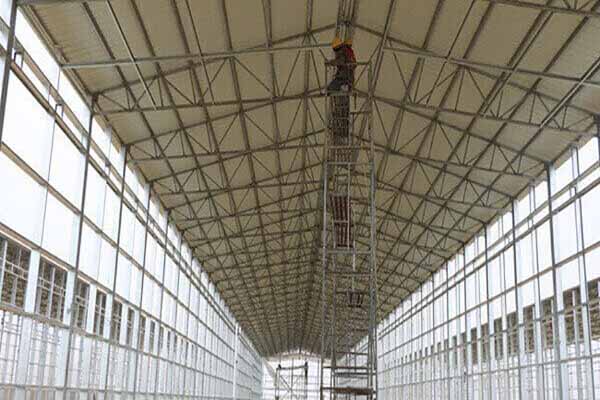
- Chicken Species: Different species have varying space requirements. Ensure that the cage size and design are suitable for your specific breed.
- Cage Material: Choose a material that is durable, easy to clean, and resistant to corrosion. Common materials include metal and plastic.
- Automatic Feeding and Watering Systems: Consider integrating automatic feeding and watering systems to streamline operations and reduce labor costs.
- Environmental Control: Ensure that the cage system is compatible with environmental control systems, such as ventilation and heating/cooling mechanisms.
Comparative Analysis of Cage Systems
| System | Space per Bird | Cost | Health Benefits |
|---|---|---|---|
| Layer Cages | 0.25 – 0.35 sq ft | $$ | Excellent disease control, increased egg production |
| Broiler Cages | 0.5 – 0.8 sq ft | $$$ | Good disease control, suitable for large-scale farms |
| Free-Range Systems | 3 – 5 sq ft | $$$$ | Optimal for bird welfare, but requires more space and management |
Choosing the right system depends on your specific farm needs, budget, and goals.
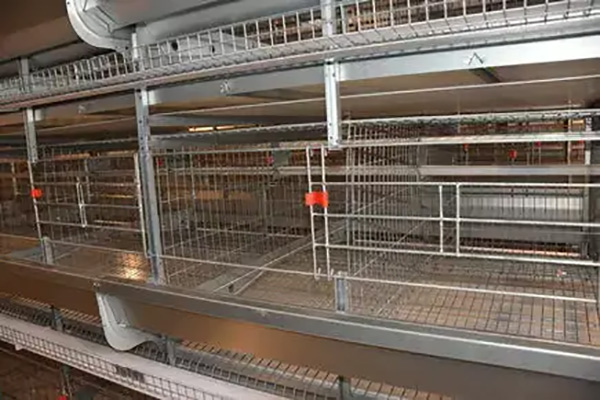
Conclusion
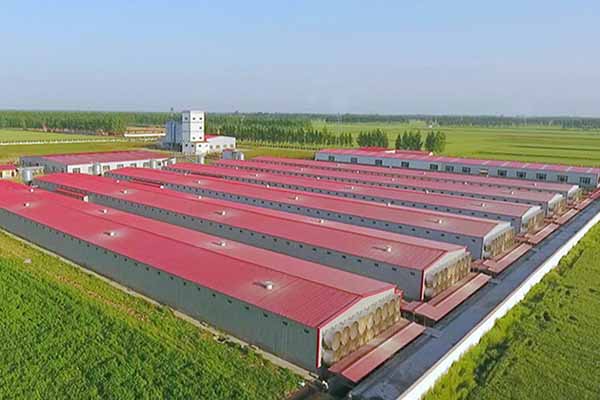
Implementing an efficient intensive poultry farming cage system can significantly enhance your farm’s productivity and profitability. By considering the specific requirements of your chicken species and budget, you can select the most suitable cage system for your operation.
For more information and to receive a free, tailored chicken farming design and equipment quotation from LIVI Mechanical, please leave a comment below or contact us directly.


